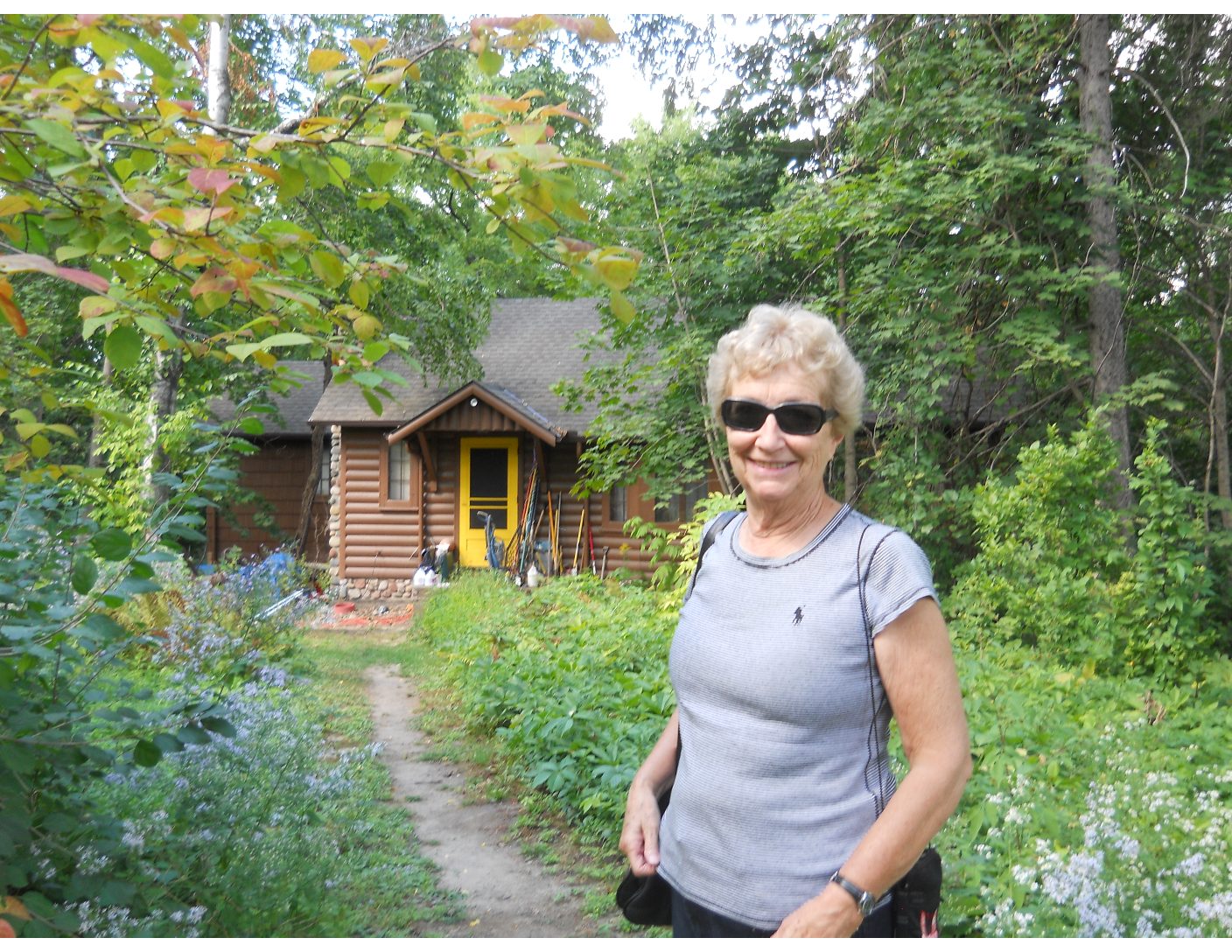2020 has been an absolutely horrible year! As proof, this is the first time in more than fifty years that I didn’t buy any Halloween candy.
When I was raising my children, and later when I worked in public schools, the question of the season was “What are you going to be for Halloween?” I miss the excitement that marked the end of fall and the beginning of winter. I miss helping children choose their costumes. I miss hearing them scream and laugh as they run from house to house in the cold night air.
Because of the pandemic, there won’t be any children trick-or-treating in my neighborhood this year. Condos in my complex aren’t decorated with flashing orange lights or carved pumpkins. As we have for the past eight months, we are all staying home behind locked doors, keeping busy until it is time to turn out the lights and go to bed.
It hasn’t always been this way. In Mexico, my house was right in front of the city’s Dia de Los Muertos celebration. Musicians played loud, off-key music as they marched up and down the street, signaling that it was time to open my door and join the Day of the Dead party. Skeletons, acrobats, and women dressed as in fancy clothes and feathered hats mingled outside. We waited together on the street for the beer wagon, drawn by a single sleepy burro, to arrive. Beer was free. The party lasted all night. The music went on until morning.
My favorite Halloween was 2013. I had moved back to Colorado and bought a condo near Buckley Air Force Base. I have always loved Aurora, one of the most diverse cities in the United States. Because housing prices are low, it is home to immigrants from all over the world, including many people from Mexico. I feel at home here.
As usual, the weather that Halloween was cold. But that didn’t stop children coming to my door. Children who didn’t celebrate Halloween in their previous countries, but who were eager to dress up and ask for candy now. I lived on a busy street, across from a park, so my home was the first stop for many of the children. That year, I had more than 200 trick-or-treaters. I couldn’t have been happier!
My first visitor was a little skeleton from Mexico. He was about five years old. When he saw that I was giving out Butterfingers, he was thrilled.
“I know, Butterfingers are the best,” I said, as I gave him an extra one to put in his pillow case.
“No, YOU are the best!” he replied. And he gave me a hug. Mexican charm starts early.
Then his little princess-sister, who didn’t know what to do, gave me a hug, too. It was Halloween magic on the streets of Aurora.
My absolutely favorite Halloween character from 2013, however, was an elderly woman from Korea, who was trick-or-treating alongside everyone else. I thought she was a chaperone but she didn’t have any children with her. I answered the door, expecting to see a giggling group of children but Mama was there alone, smiling a big toothless grin and showing me her orange plastic pumpkin. She wasn’t wearing a costume. I gave her two Butterfingers. Halloween was for everyone.
I pray that someday it will be again.










